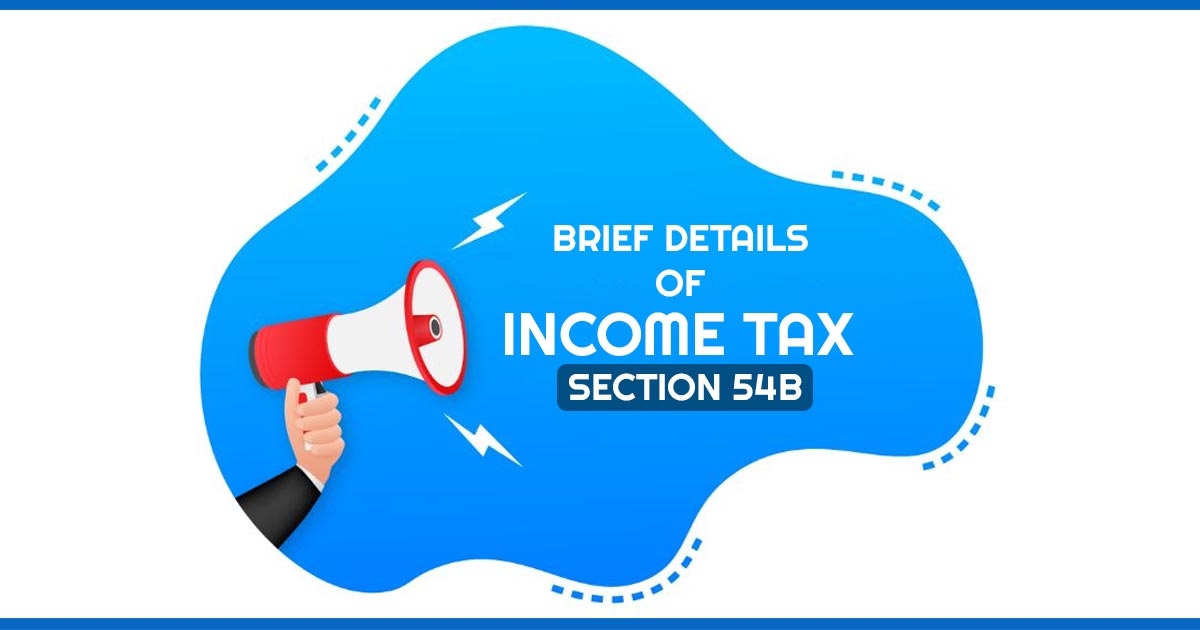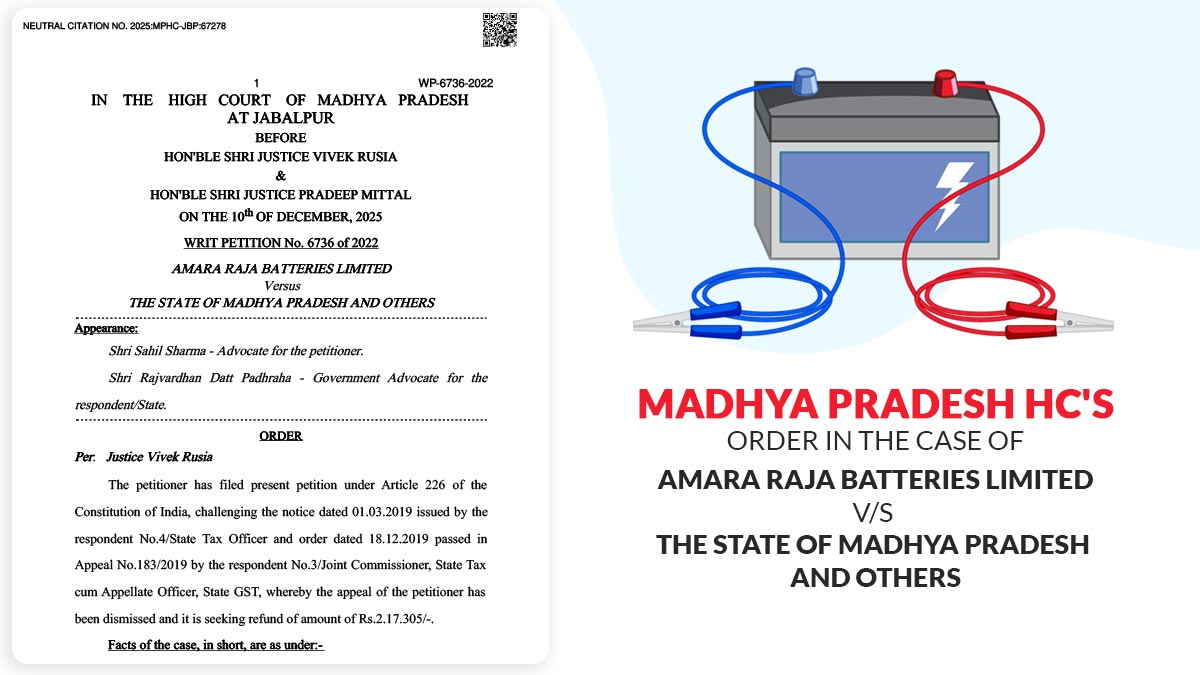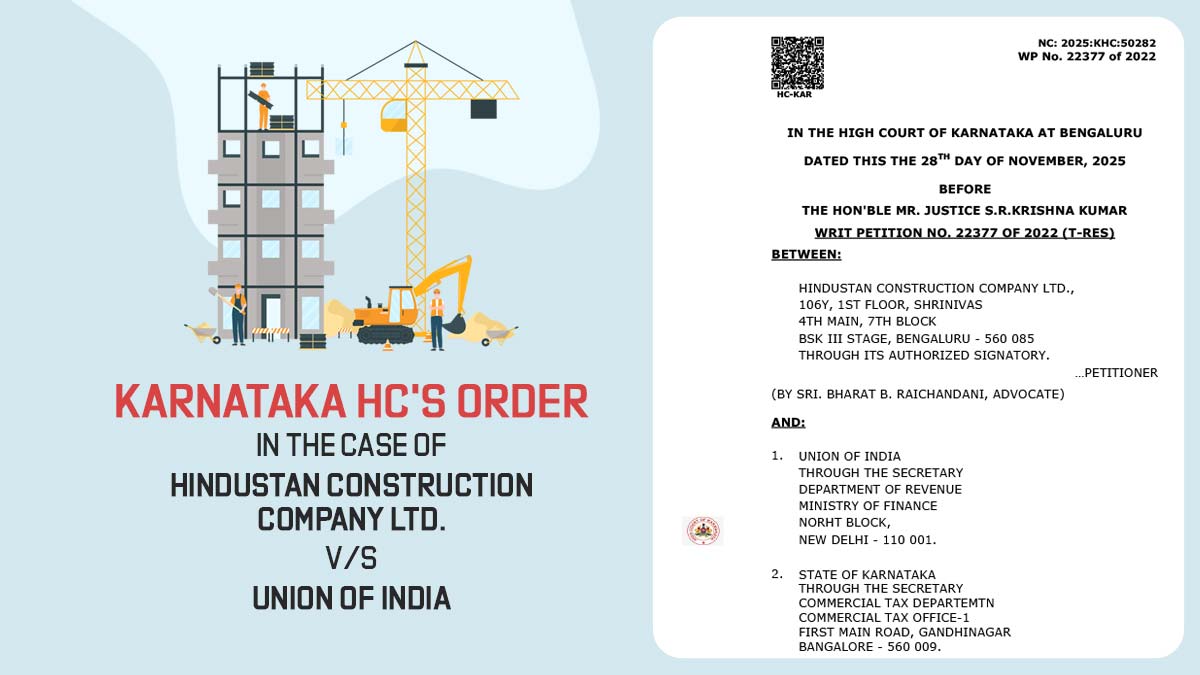
Discussion about section 54B of the Income Tax Act, 1961 w.e.f. AY 1970-71
Capital gain on the land transfer utilized for agricultural purposes does not get levied in some cases.
Latest Update
- Shri Pankaj Chaudhary, the Minister of State for Finance has replied to Lok Sabha that the Indian government has no strategy to bring any major modification in the structure of capital gain.
- Due to the then-Covid-19 pandemic, the Income Tax Act, 1961 (‘Act’) has extended the compliance time for claiming any exemption under Section 54 to 54GB. Read Circular
54B. (1) (w.e.f. AY 1974-75) as per the provisions of sub-section (2), (w.e.f. AY 1988-89) in which the capital gain has produced through the transfer of the capital asset as land which in 2 years would just before the date the transfer took place, was being used by (w.e.f. AY 2013-14).
The taxpayer as an individual or his parent, or a Hindu undivided family for agricultural purposes (w.e.f. AY 1974-75) (in this after directed to as the original asset), the taxpayer in 2 years post to the date, brought any other land for being utilized for the purpose of agriculture after that rather than the capital gain would get imposed to the income tax as the income of the former year where the transfer has performed, the same must be managed as per the below-mentioned provision of the same section.
For the purpose of agriculture, the land would be the capital asset, the land would get sold, and the taxpayer or his parents or by Hindu undivided family use the land for agricultural purposes for two years before the date of transfer, the same land is said to be the original asset.
The other condition would be that the taxpayer has a duration of 2 years which has been used for agricultural purposes, the capital gain that would be imposed to tax will not be levied to the income tax along with the computation to save the capital gain tax would be made under the below-mentioned provisions:
- If the capital gain amount exceeds the land cost that has been brought (hereinafter referred to as the new asset) then the difference between the capital gain amount and the cost of the new asset would be levied under section 45 as the income of the before year, along to calculate for the new asset any capital gain that gets produced through its transfer in 3 years of its purchase, the cost would be nil or.
When the capital gain amount exceeds the cost of the land which has been brought by the taxpayer then the difference shall get levied to tax u/s 45 of the Act as the income of the former year when the land was sold. When the land that is a new asset is sold in 3 years then the cost to the land would be counted as NIL and the whole sales consideration would get levied to tax.
- When the capital gain is similar to or lower than the cost of the new asset then the capital gain would not be levied under section 45 also for calculating the new asset, the produced capital gain via its transfer within 3 years of its purchase then the coast would get lowered by the capital gain amount.
When the capital gain is similar to or lower than the new asset cost then the capital gain would not get levied under section 45 of the act, and when the new asset would get transferred within a 3-year duration of its purchase then the cost would get lessened to compute the capital gain via the capital gain amount which get produced on the new asset sale.
With Effect from A.Y. 1988-89
The capital gain amount that would not get used via the taxpayer for the new asset purchase prior to the income return filing date under section 139, will be deposited through him prior to filing these returns [these deposits incurred in any case not afterwards than the due date applicable for the case of the taxpayer for filing the income return under sub-section (1) of section 139] in the account of any bank or institution mentioned in and used as per any scheme which the Central Government might through the notification in the Official Gazette, comes on this grounds and these returns would be carried with the evidence of this deposit and for the purpose of subsection (1) if any amount is being used via taxpayer for the purchase of the new asset together with the deposited amount would be treated to be the new asset cost:
The capital gain that would not be used via taxpayer for the purchase of the new asset prior to the last date of income return filing u/s 139(1) would be deposited through him in the bank or any institution along with that these returns would be carried on via evidence of these deposits and for the purpose of subsection (1). If any amount would be used via taxpayer for the buying of the new asset together the amount deposited would be treated to be the new asset cost.
Read Also: Income Tax & RBI Rules for NRIs Buying Indian Properties
It has been furnished that when the amount gets deposited beneath the sub-section will not be used completely or partly for the buying of the new asset in the duration of the mentioned sub-section (1):
- The amount which does not being used would be levied under section 45 since the income of the former year, the duration of 2 years from the transfer date of the original asset would lapse.
- The taxpayer would be qualified to withdraw these amounts as per the mentioned scheme.
Explanation.—[Omitted by the Finance Act, 1992, w.e.f. 1-4-1993.]
Given that when the deposited amount with the bank beneath the scheme would not be used completely or partly for the acquisition of the new asset within the stated period in sub-section (1), then
- The amount not used would be levied u/s 45 as the income of the former year where the duration of the 2 years from the transfer date of the original asset lapses
- The taxpayer would be qualified to withdraw the same amount as per the scheme mentioned. Either he submits the documents to buy the property or deposits the tax amount computed.
What is the Section 54B under the Income Tax Act?
- The sold land is agricultural land, it would be the capital asset and is utilised for agricultural purposes by the taxpayer and his family. The same land would be known as the original asset.
- Within 2 years from the original asset transfer date, the taxpayer has brought agricultural land when he intended to save the capital gain tax amount.
- When the capital gain tax is more as compared to the land cost that the taxpayer brought, the difference would be levied to tax u/s 45 of the act. When the new asset would have been sold for a duration of 3 years, the land cost would be treated NIL and the whole sales consideration would be levied to tax.
- When the capital gain amount is lower or equal to the new asset, the capital gain would not get levied to tax. When the new asset would get sold for a duration of 3 years then the land cost would get diminished by the capital gain amount which comes on the new asset sale.
- The capital gain which would not be used by the taxpayer for the new asset purchase prior to the filing return date u/s 139(1) would be upheld within the bank account under the scheme of the central Government. The amount deposited via taxpayer with the bank with the invested amount for the buying of the new assets would be treated to be the new asset cost.
- When the deposited amount with the bank is not being used via taxpayer for the buying of the new assets in the mentioned duration beneath sub-section (1) of the act, the amount which has not been used would be levied u/s 45 of the Act since the income of the former year in which the duration of the 2 years lapses.
- These amounts could be withdrawn by the taxpayer via bank by providing them with the documents of the property purchase or deposit of the tax challan including the heads who would provide the certificate to the bank for the amount that would be withdrawn.










any provision to buy the new asset in the name of the property seller’s close relatives